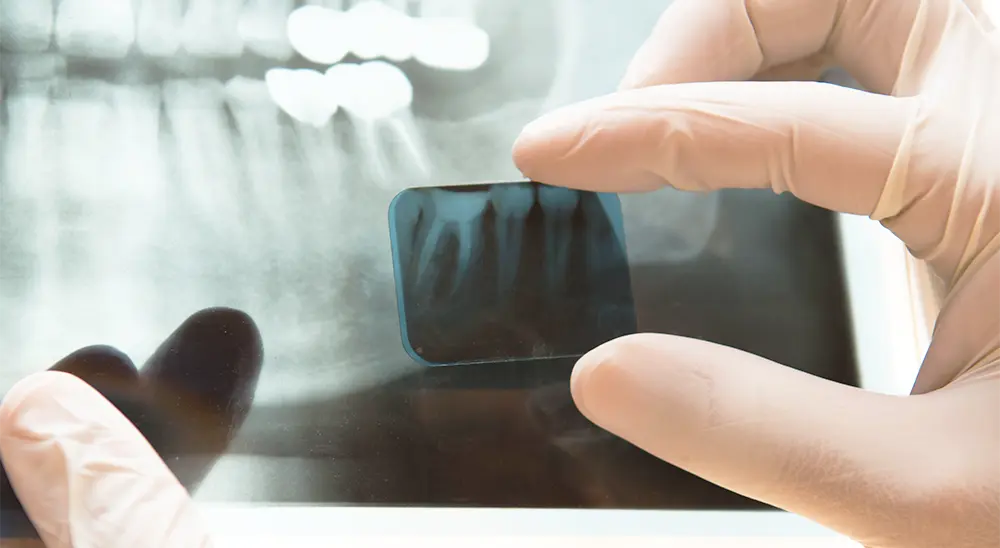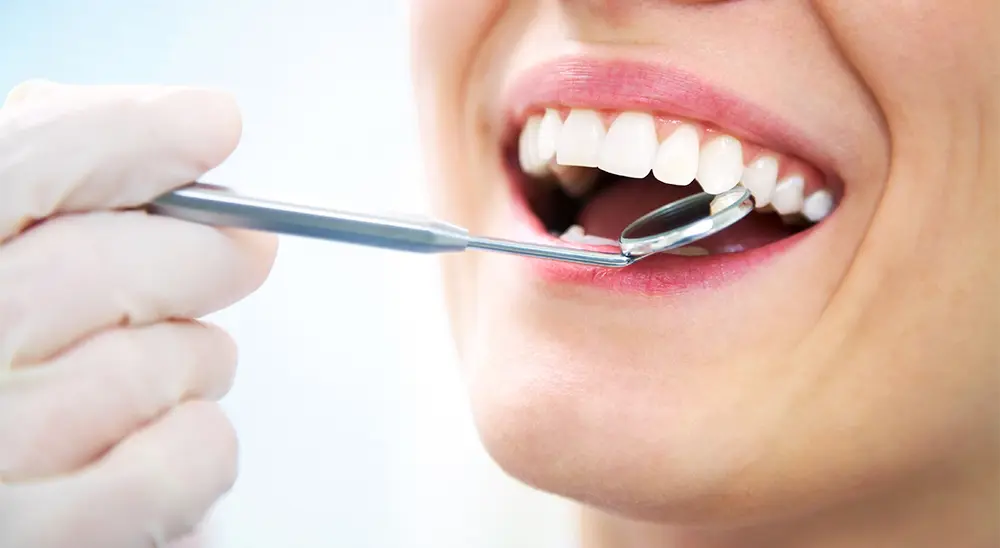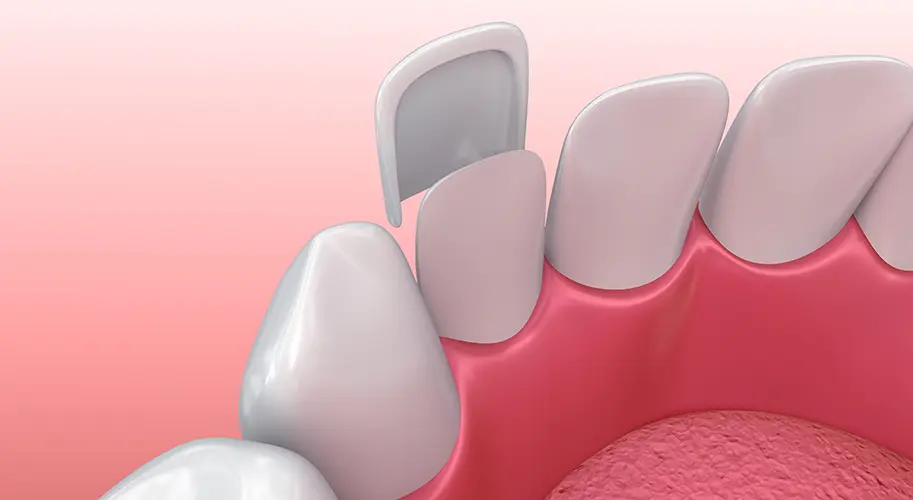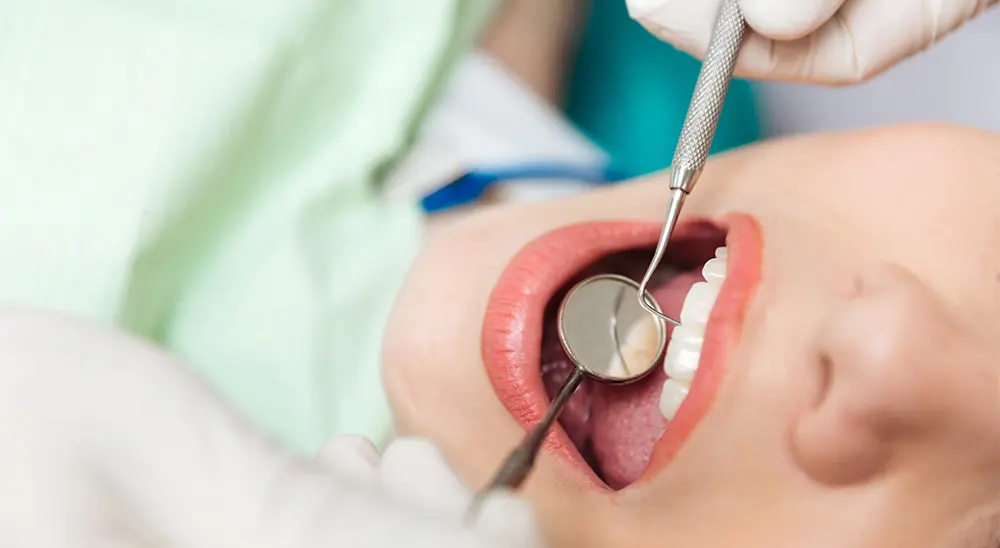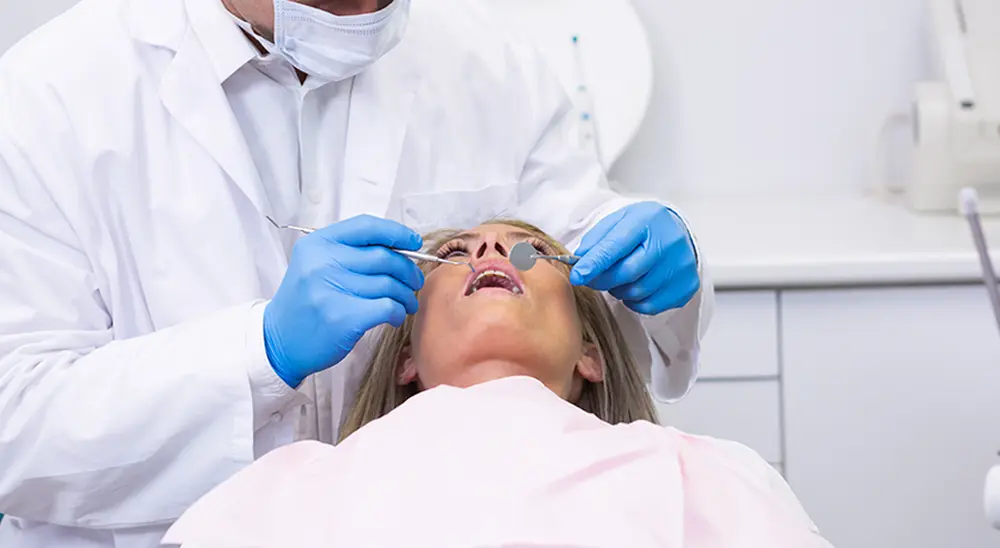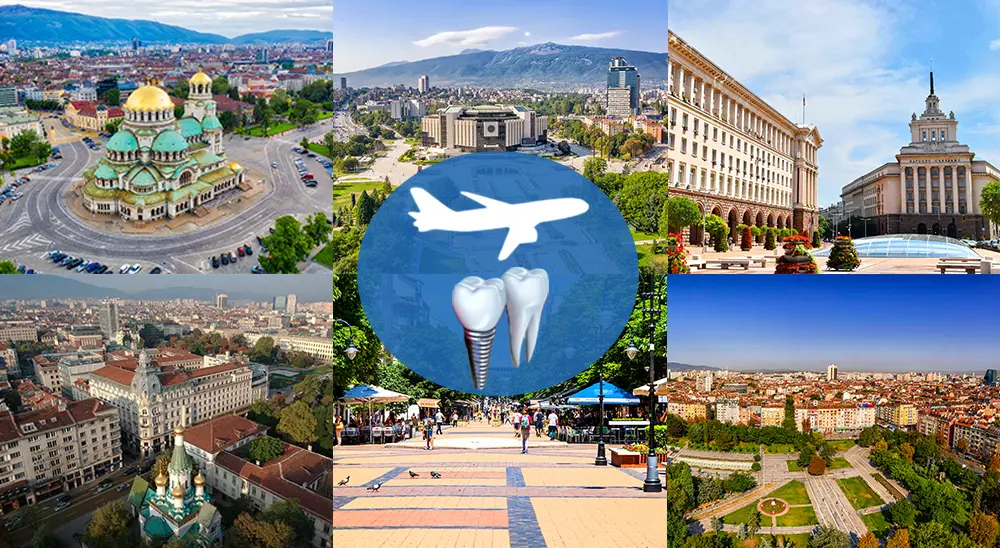
Trattamento implantologico dentale a Sofia (2a parte)
Tutto sul turismo dentale in Bulgaria
Come organizzare il vostro viaggio a Sofia, dove potrete essere ospitati e quali luoghi potrete visitare? Nella prima parte di questo articolo abbiamo spiegato cosa significa turismo dentale, perché dovreste scegliere la Bulgaria, e perché dovreste fidarvi dei medici bulgari e il motivo per completare il vostro trattamento nella Clinica Dentale NuriDent, abbiamo anche toccato i prezzi che variano per i biglietti aerei e gli hotel a Sofia. Nella seconda parte imparerete, che tipo di attrazioni si possono trovare a Sofia e gli alberghi che vi consigliamo di soggiornare.
Migliori hotel in prossimità della Clinica Odontoiatrica NuriDent?
1- Best Western Lozenetz Hotel
3 stelle (la Clinica NuriDent utilizza prezzi preferenziali)
Per maggiori informazioni clicca qui:http://www.lozenetzhotel.com/en/
2- Hemus Hotel
3 stelle (la Clinica NuriDent utilizza prezzi preferenziali)
Per maggiori informazioni clicca qui: https://www.hemushotels.com/en/home-en/home-en.htm
3- Maison Sofia Hotel
4 stelle
Per maggiori informazioni clicca qui: https://maisonsofia.com/
4- Hotel Olive
4 stelle
Per maggiori informazioni clicca qui: http://olives-city-hotel.cityhotelssofia.com/en/

5- Marinela Hotel
4 stelle
Per maggiori informazioni clicca qui: https://www.hotel-marinela.com/
6- Hill Hotel
4 stelle
Per maggiori informazioni clicca qui:https://www.hillhotel-sofia.com/
Se queste opzioni non soddisfano le vostre aspettative, potete sempre scegliere un posto a vostra scelta attraverso www.booking.com, , www.airbnb.com e altre applicazioni.
I luoghi che si possono visitare nella città di Sofia?
1- Palazzo Nazionale della Cultura (NDK)

NDK è stato costruito per assomigliare a un luogo per, centro speciale per conferenze, congressi, mostre e concerti. Nel 2005 NDK è stato scelto come il miglior centro congressi del mondo e da 30 anni fa parte dell’Associazione Internazionale dei Palazzi dei Congressi, e NDK è il più grande del Sud-Est Europa (con una superficie totale di 123.000 mq).
2- Cathedarale ‘Alexander Nevsky’

La Cattedrale ‘Sant’Alessandro Nevskij’ è la più grande chiesa ortodossa del paese, con una superficie di 3170 km.m. Costruita nel centro della capitale della Bulgaria – Sofia, assomiglia ad un simbolo della liberazione della Bulgaria dai secoli dell’antica dominazione ottomana.
La Cattedrale è stata completata nell’anno 1912, poiché la cupola principale è alta 45 metri. Alla sua creazione hanno partecipato molti maestri e pittori bulgari, russi e tedeschi nella pittura, nell’arredamento e negli interni. Il campanile della cattedrale è alto 53 metri.
3- Il museo nazionale ‘Serpente e popolo’

Il museo nazionale “Snake and people” è uno dei più grandi musei mineralogici del mondo, con una superficie di 4000 km.m.
Il museo ha esposizioni impressionanti come ‘Cristalli giganteschi’, ‘Minerali della terra’, che rappresenta la diversità del pianeta e comprende sia minerali molto rari che comuni. Il museo ospita anche le impressionanti esposizioni di ‘Pietre preziose’, che contiene pietre belle e rare, inoltre il museo presenta ‘Minerali della Bulgaria’, che sono esposizioni speciali di 250 tipi diversi di minerali.
2- Cathedarale ‘Alexander Nevsky’

La Cattedrale ‘Sant’Alessandro Nevskij’ è la più grande chiesa ortodossa del paese, con una superficie di 3170 km.m. Costruita nel centro della capitale della Bulgaria – Sofia, assomiglia ad un simbolo della liberazione della Bulgaria dai secoli dell’antica dominazione ottomana.
La Cattedrale è stata completata nell’anno 1912, poiché la cupola principale è alta 45 metri. Alla sua creazione hanno partecipato molti maestri e pittori bulgari, russi e tedeschi nella pittura, nell’arredamento e negli interni. Il campanile della cattedrale è alto 53 metri.
3- Il museo nazionale ‘Serpente e popolo’

Il museo nazionale “Snake and people” è uno dei più grandi musei mineralogici del mondo, con una superficie di 4000 km.m.
Il museo ha esposizioni impressionanti come ‘Cristalli giganteschi’, ‘Minerali della terra’, che rappresenta la diversità del pianeta e comprende sia minerali molto rari che comuni. Il museo ospita anche le impressionanti esposizioni di ‘Pietre preziose’, che contiene pietre belle e rare, inoltre il museo presenta ‘Minerali della Bulgaria’, che sono esposizioni speciali di 250 tipi diversi di minerali.
4- Chiesa di Boyana

La chiesa di Boyana è un monumento notevole dell’arte bulgara e dell’Europa orientale ed è inclusa nella lista del patrimonio mondiale dell’UNESCO. Le pareti della chiesa sono completamente dipinte con murales unici di oltre 240 immagini, e la loro integrità è conservata fino ad oggi. Alcuni degli ultimi affreschi della chiesa di Boyana sono stati realizzati intorno all’anno 1882 e raffigurano la sua cartuccia – San Nicola e San Panteleimon.
5- Teatro nazionale ‘Ivan Vazov’

Il teatro nazionale ‘Ivan Vazov’ è il primo palcoscenico teatrale e nel complesso il primo istituto teatrale in Bulgaria. Costruito nel periodo tra il 1924 e il 1928, anche allora il teatro aveva dei meccanismi speciali, che solo i teatri più prestigiosi del mondo avevano costruito. Il repertorio del teatro comprende sia i più importanti rappresentanti del mondo classico e contemporaneo sia del teatro bulgaro.
6- Chiesa ‘Santa Sofia’

Molti pensano, che il nome della capitale in Bulgaria – Sofia è legato alla martire Sofia, la cui memoria in Bulgaria è onorata il 17 settembre, questa data è anche una festa ufficiale di Sofia. La verità però è diversa, la città di Sofia porta il nome della cattedrale “Santa Sofia”, e la cattedrale porta il nome della Saggezza di Dio. La chiesa è stata costruita durante il VI secolo e in origine era un tempio cimiteriale, ma oggi è uno dei siti più antichi e importanti di Sofia.
7- Pavimenti gialli

I marciapiedi gialli coprono circa 60.000 kmq del centro di Sofia.
Gli edifici più importanti per la nostra capitale si trovano nelle parti centrali del centro di Sofia – l’Assemblea Nazionale, il Consiglio dei Ministri, l’ex Palazzo Reale, il Teatro Nazionale Ivan Vazov, di cui vi abbiamo già parlato, e una serie di altre istituzioni statali, culturali e pubbliche.
8- Bulavard Vitosha, conosciuto con il nome di ‘Vitoshka’
.
Vitoshka” è una delle più grandi passeggiate pedonali della città di Sofia, intorno ad essa si trovano diversi monumenti culturali. Potete camminare su ‘Vitoshka’ senza la preoccupazione del traffico automobilistico o dei ciclisti che vi intralciano. Si può cenare fuori, con le molte scelte di ristoranti intorno a ‘Vitoshka’, e si può anche godere ed esplorare la grande varietà di negozi di abbigliamento, cosmetici e gioielli.
9- Chiesa ‘Santa Domenica’

La chiesa della “Domenica Santa” è stata costruita nel Medioevo sui resti di un’antica città romana “Serdika”. Si pensa che la cattedrale ortodossa sia stata costruita nel X secolo, e il suo stile architettonico ricorda la costruzione bizantina.
La cupola del tempio ‘Domenica Santa’ è alta 31 metri, e sotto di essa ci sono 11 campane. Tutte le pareti del tempio sono dipinte. La chiesa ha un’iconostasi dorata a due file, e sull’altare ci sono tre troni.
10- Moschea di Bath Bashi

Si ritiene che la moschea di Bath Bashi sia stata costruita nel corso dell’anno 974 nel calendario islamico, a causa della figura raffigurata sull’arco sopra la porta. Si ritiene che il suo costruttore sia il grande architetto Kodja Mamar Sinan Janissary, che è noto per aver costruito oltre 81 moschee, tra cui la famosa Moschea di Selimiye a Edrine. La moschea faceva parte di un complesso balneare più grande e da lì ha ereditato il suo nome.
Il minareto della moschea è un’opera architettonica squisita, e secondo Evliya Chelebi (viaggiatore ottomano, scrittore di viaggi, poeta e storico) era di una bellezza ineguagliabile.
11-National Art Gallery

Nella Galleria Nazionale d’Arte si possono ammirare le opere d’arte dei più grandi artisti bulgari. L’edificio in cui si trova la galleria, era l’ex corte reale. L’edificio fu progettato e costruito nel 1879 dall’architetto viennese Rupelmeier.

2- Hemus Hotel
3 stars (Clinic NuriDent uses preferential prices)
For more information click here: https://www.hemushotels.com/en/home-en/home-en.htm

3- Maison Sofia Hotel
4 stars
For more information click here: https://maisonsofia.com/

4- Olive’s hotel
4 stars
For more information click here: http://olives-city-hotel.cityhotelssofia.com/en/

5- Marinela Hotel
4 stars
For more information click here: https://www.hotel-marinela.com/

6- Hill Hotel
4 stars
For more information click here:https://www.hillhotel-sofia.com/

If these options do not satisfy your expectation, you can always choose a place of your choice through www.booking.com, , www.airbnb.com and other applications.
The sights you can visit in city Sofia?
1- National Palace of Culture (NDK)

NDK has been built to resemble a place for, a special center for conferences, congresses, exhibitions, and concerts. In the year 2005 NDK was chosen as the best congress center in the world and 30 years it is part of The International Association of Congress Palaces, and NDK being the biggest in Southeast Europe (with a total area of 123 000 sq.m)
2- ‘Alexander Nevsky’ Cathedaral

Cathedral ‘Saint Alexander Nevsky’ is the biggest orthodox church in the country, with the area of 3170km.m. Built-in the center of the capital of Bulgaria- Sofia, it resembles a symbol of the liberation of Bulgaria from the centuries of the old Ottoman rule.
The Cathedral is completed during the year of 1912, as the main dome is 45 meters high. In painting, furnishing and interior, a lot of Bulgarian, Russian and German masters and painters took part during its creation. The bell tower of the cathedral is 53m high.
3- The national museum ‘Earth and People’
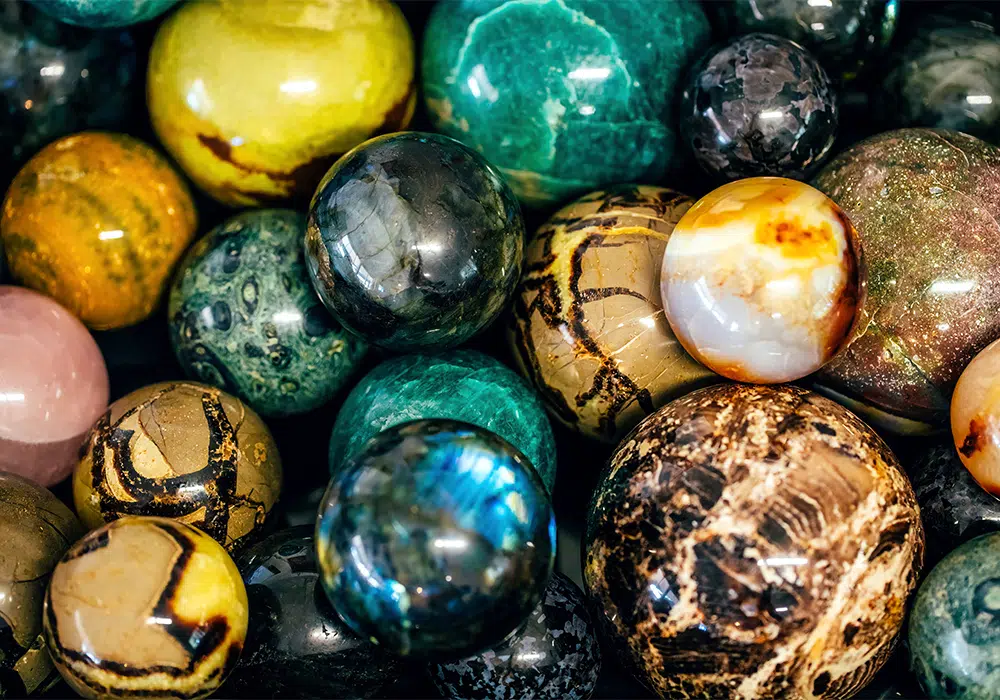
The national museum ‘Snake and people’ is one of the biggest museums for mineralogy in the world, with an area of 4000km.m
The museum has impressive exposures such as ‘Gigantic crystals’, ‘Minerals of the earth’, which represented the diversity of the planet and includes both very rare and common minerals. The museum also houses the impressive exposures of ‘Precious stones’, which contains beautiful and rare stones, additionally the museum presents ‘Minerals of Bulgaria’, which are special exposures of 250 different types of minerals.
4- Boyana Church
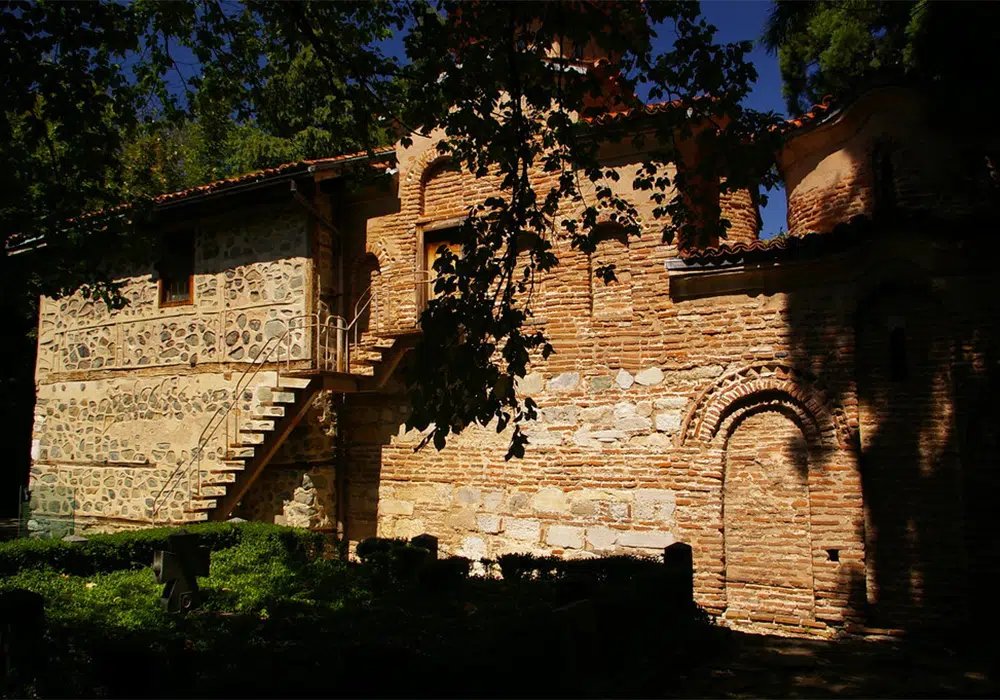
The Boyana Church is a remarkable monument of the Bulgarian and the Eastern European art and is included in the UNESCO World Heritage List. The walls of the church are completely painted with unique murals of more than 240 images, and their integrity is preserved to this day. Some of the last frescoes in the Boyana Church were made around the year of 1882 and depict her cartridge- Saint Nicholas and Saint Panteleimon.
5- National theater ‘Ivan Vazov’
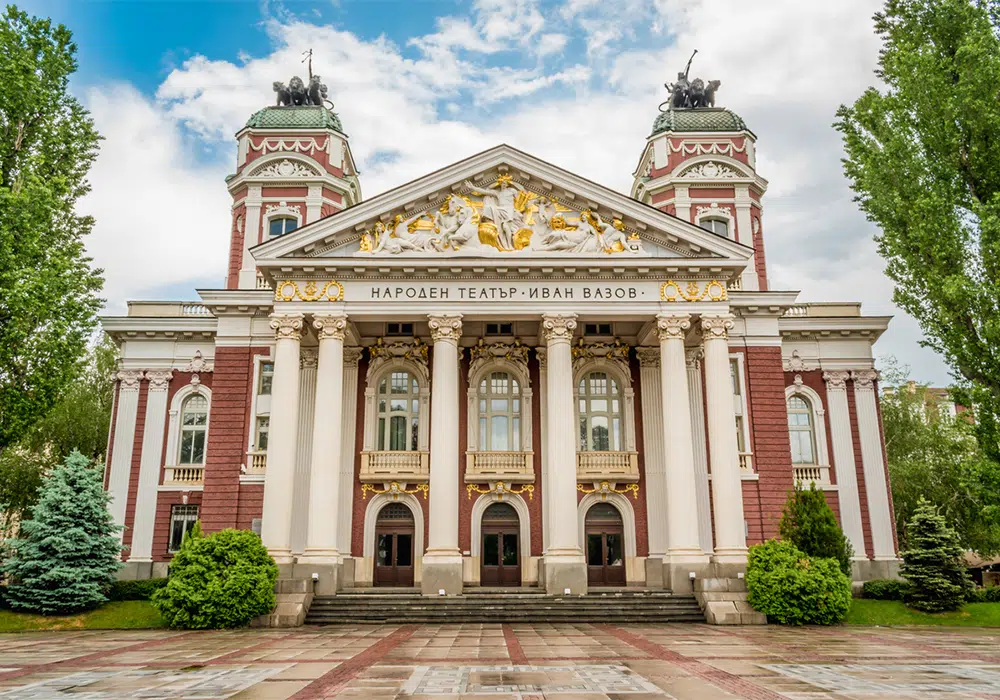
National theatre ‘Ivan Vazov’ is the first theatrical stage and overall the first theatrical institute in Bulgaria. Built-in the period between the year1924-1928, even then the theatre had special mechanisms, which only the most prestigious theatres in the world had built-in. The repertoire of the theatre includes both the most prominent representatives of the classics and contemporary world and Bulgarian drama.
6- Church ‘St. Sofia’

Many think, that the name of the capitol in Bulgaria- Sofia is connected to the martyr Sofia, whose memory in Bulgaria is honoured on September 17, this date is also an official holiday of Sofia. The truth, however, is different, city Sofia carries the name of the cathedral ‘St. Sofia’, and the cathedral carries the name of God’s Wisdom. The church is built during the 6th century and originally it was a cemetery temple, but today it is one of the oldest and most important sites in Sofia.
7- Yellow paves

The yellow paves cover around 60 000km.sq. of Sofia center.
Most important buildings for our capital are located in the central parts of Sofia center- the National Assembly, the Council of Ministers, the Former Royal Palace, the National Theater Ivan Vazov, which we have already told you about, and a number of another state, cultural and public institutions.
8- Bulavard Vitosha, known by the name ‘Vitoshka’
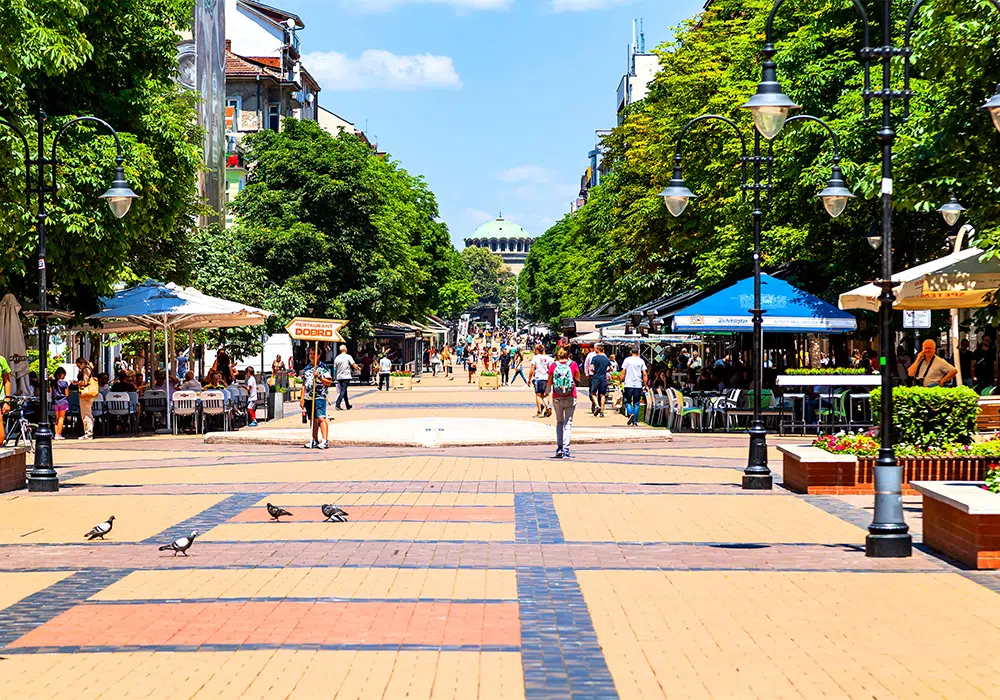
‘Vitoshka’ is one of the largest pedestrians walks in city Sofia, around it you can find several cultural monuments. You can walk on ‘Vitoshka’ without the worry of car traffic or cyclists getting in your way. You can dine out, with the many choices of restaurant around ‘Vitoshka’, and you can also enjoy and explore the wide variety of clothing, cosmetics, and jewellery shops.
9- Church ‘St. Nedelya’
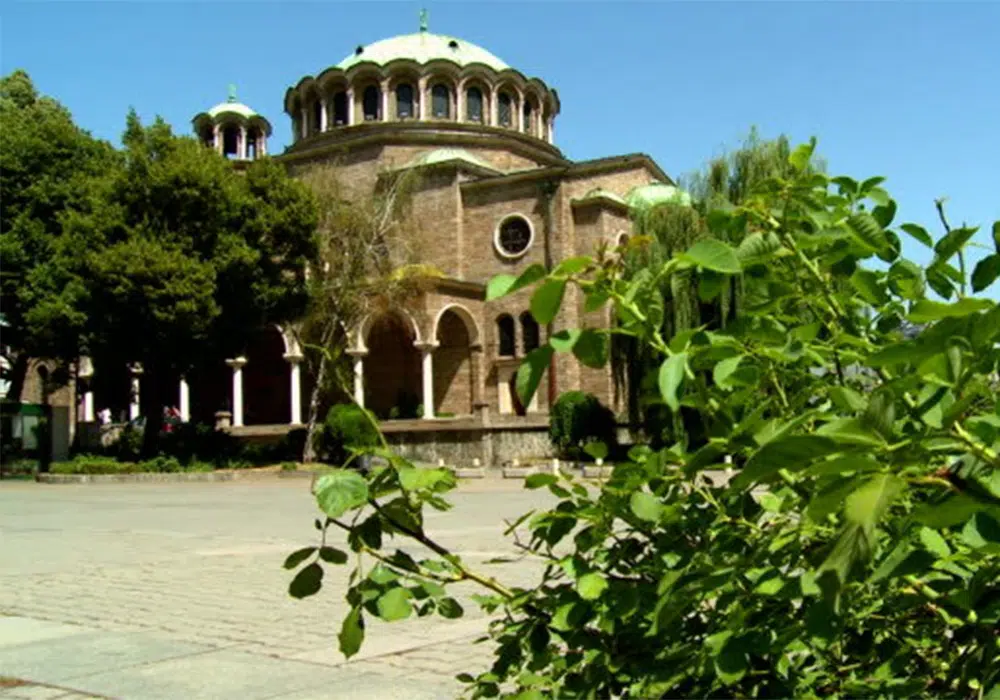
Church ‘Holy Sunday’ is built during the Middle Ages on top of the remains of an ancient Roman city ‘Serdika’. It is thought that the orthodox cathedral is built back in the 10th century, and its architectural style is reminiscent of Byzantine construction.
The dome of the temple ‘Holy Sunday’ is high 31 meters, and beneath it there are 11 bells. All the walls of the temple are painted. The church has two-row gilded iconostasis, and in the altar, there are three thrones.
10- Bath Bashi Mosque
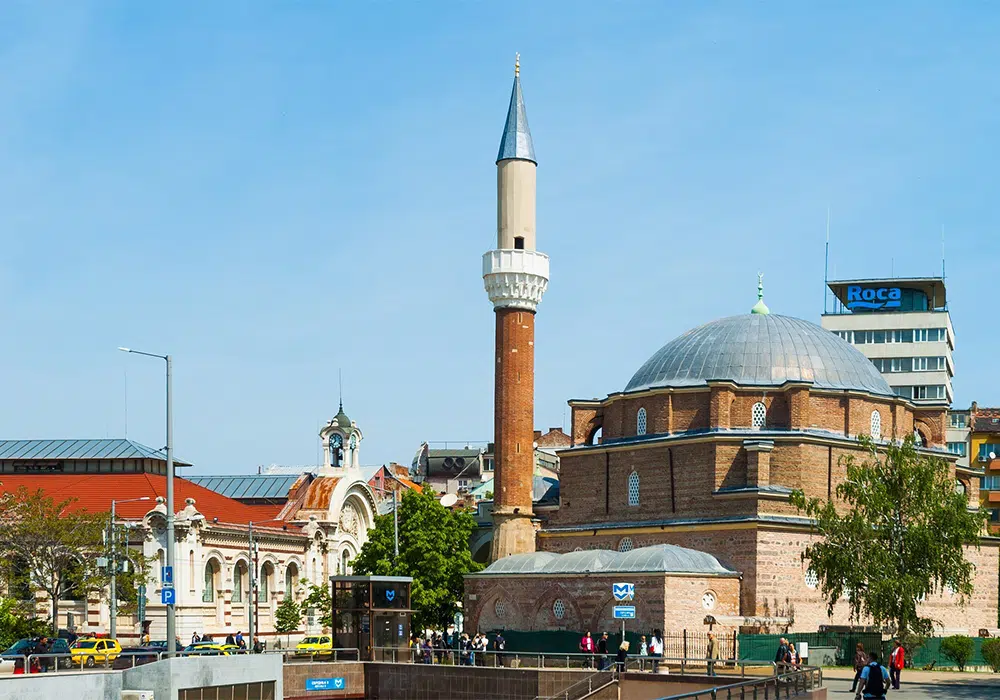
It is believed that Bath Bashi Mosque is built during the year 974 in the Islamic calendar, because of the figure depicted on the arch above the door. Its builder is believed to be the great architect Kodja Mamar Sinan Janissary, who is known to have built over 81 mosques, including the famous Selimiye Mosque in Edrine. The mosque was part of a larger bathing complex, and from there it inherited its name.
The minaret of the mosque is an exquisite architectural work, and according to Evliya Chelebi (Ottoman traveller, travel writer, poet and historian), it was unparalleled in beauty.
11-National Art Gallery
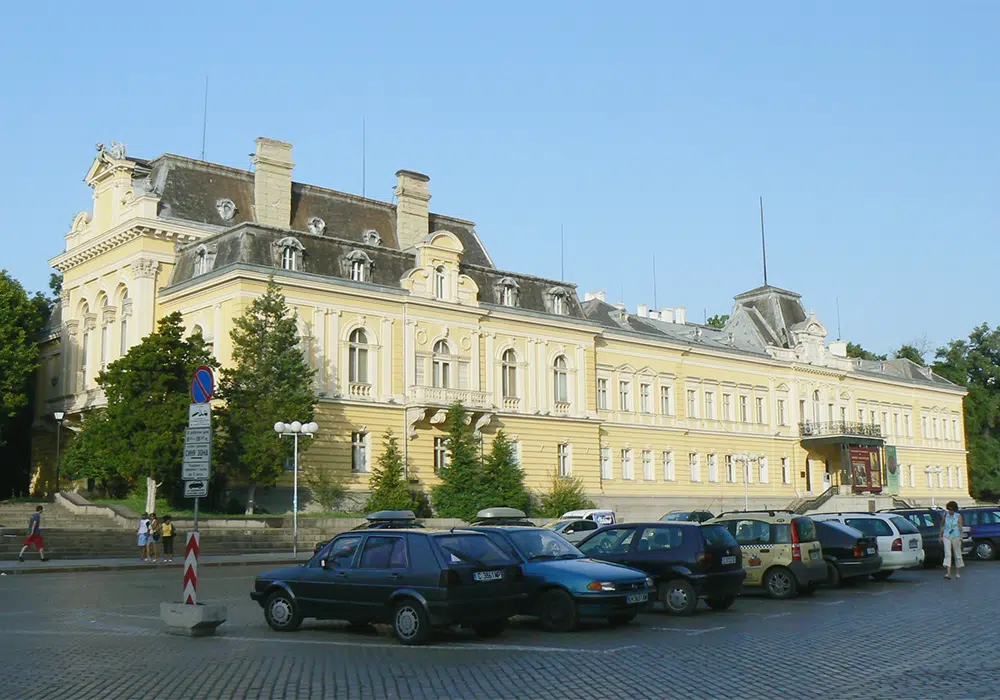
In the National Art Gallery, you can enjoy the art pieces of the biggest Bulgarian artists. The building in which the gallery is located was the former royal court. The building was designed and built-in 1879 by the Viennese architect Rupelmeier.



